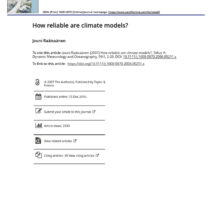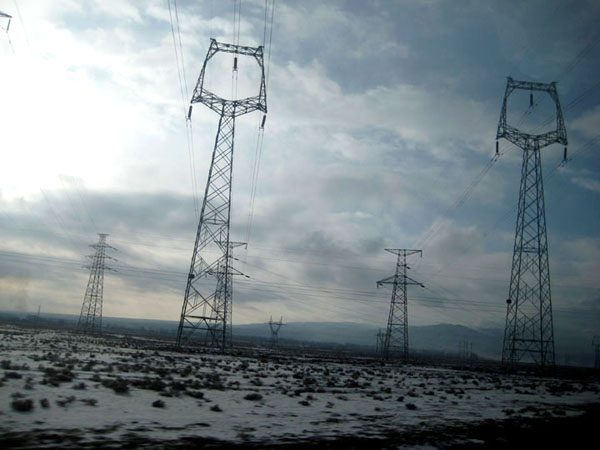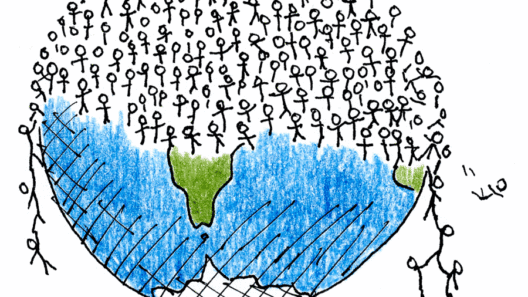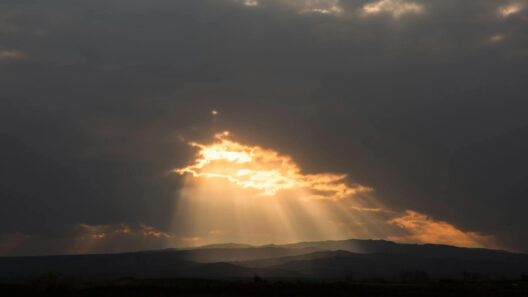Canada, a nation known for its vast landscapes and rich natural resources, occupies a crucial position in the global conversation surrounding climate change. As the second-largest country in the world, it is uniquely vulnerable to the effects of global warming while simultaneously holding significant responsibilities due to its expansive natural reserves, industrial activities, and greenhouse gas emissions. Understanding Canada’s climate role involves navigating through an intricate web of environmental, economic, and social factors intertwined with the climate crisis.
The northern regions of Canada, often characterized by their breathtaking terrain and harsh climates, are experiencing some of the most palpable impacts of climate change. Melting ice caps, rising sea levels, and unprecedented weather patterns are forcing a reevaluation of traditional lifestyles, particularly for Indigenous communities who rely on the land for sustenance and cultural identity. As temperatures continue to rise, the northern territories serve as a microcosm for studying the broader global climate narrative—one that underscores urgency and offers a glimpse into potential solutions.
The timeworn debate surrounding energy consumption and fossil fuel reliance is particularly pronounced in Canada, home to one of the world’s largest oil reserves found in the Alberta tar sands. While fossil fuel production has fueled economic growth, it has also raised significant concerns regarding carbon emissions and their contribution to global warming. Critics argue that the exploitation of oil sands represents a retrogressive step in the fight against climate change. Meanwhile, proponents suggest that responsible extraction methods and innovation in technology could improve environmental outcomes.
As Canada grapples with its climate policy, the federal government has made ambitious promises to reduce greenhouse gas emissions. Initiatives such as the “Pan-Canadian Framework on Clean Growth and Climate Change” exemplify the commitment to emissions reduction while fostering economic growth and sustainability. This policy blends regulations, investments, and collaborations aimed at propelling the nation towards a low-carbon economy. However, the efficacy and implementation of these policies are often met with skepticism, given the inertia stemming from entrenched interests in fossil fuel extraction.
In addition to policy frameworks, Canada plays a critical role on the international stage, actively participating in global negotiations aimed at curtailing climate change. The Paris Agreement illustrates a collective acknowledgment of the climate crisis and Canada’s commitment to contributing to global goals. Such engagement signifies a shift in perspective, as Canada seeks not only to fulfill its responsibilities but also to be a leader in climate action. By championing initiatives like the “Powering Past Coal Alliance,” Canada advocates for the transition from coal-dependent energy sources to greener alternatives, further emphasizing the need for systemic change across various sectors.
Notably, the exponential growth of renewable energy industries within Canada signifies a potential turning point in reversing climate change trends. Wind, solar, and hydroelectric power generation are all gaining traction, with provinces like British Columbia and Quebec leading the charge. As technological advancements in energy storage and grid integration improve, reducing reliance on fossil fuels becomes increasingly viable, offering a glimpse of a sustainable future. This transition not only addresses climate concerns but also fosters job creation and economic resilience, emphasizing that sustainability and economic prosperity can coexist.
Furthermore, the Indigenous population’s role in confronting global warming is multifaceted and essential. Indigenous communities have long been stewards of the land, possessing invaluable traditional ecological knowledge that can inform contemporary resource management practices. Collaborative efforts between Indigenous groups and the Canadian government can enhance climate resilience, preserve biodiversity, and foster sustainable land-use practices. Initiatives such as the Indigenous Guardians program exemplify how blending traditional knowledge with scientific approaches can yield innovative solutions to contemporary environmental challenges—offering a robust model for global climate action.
The conversation about climate change in Canada necessitates a multidimensional approach encompassing education, engagement, and activism. Awareness campaigns and grassroots movements are pivotal in catalyzing public discourse and prompting government accountability. Young activists, inspired by global movements like Fridays for Future, are mobilizing communities, demanding decisive action against climate inaction. The intersection of social media and climate activism fosters a new breed of engagement, empowering individuals to hold authorities accountable and sparking curiosity about sustainable practices.
Moreover, Canada’s geography presents unique opportunities for scientific research and innovation. The north is a prime location for climate studies, providing insights into global climate patterns through its vulnerable ecosystems. As permafrost thaws and biodiversity shifts, researchers are gaining critical knowledge that informs predictive models and climate adaptation strategies. Such research capabilities underscore Canada’s potential to become a hub for climate science, attracting global collaboration and innovation in tackling climate challenges.
Nevertheless, challenges remain. Adverse weather events, like wildfires and floods, are becoming increasingly commonplace, driving home the urgency of addressing climate change. The Canadian government faces criticism for perceived delays in implementing promised measures, raising existential questions about leadership and accountability in the face of pressing environmental crises. How society responds to these ongoing issues will ultimately dictate not just Canada’s climate trajectory, but also the global fight against climate change.
In conclusion, Canada’s climate role extends far beyond its borders. The interaction of policy, Indigenous stewardship, renewable energy transformation, and public engagement creates a multifaceted landscape rich with potential yet fraught with challenges. Confronting global warming requires a collective consciousness shift and an unwavering commitment to sustainability. By illuminating the intricate balance between economy and ecology, Canada can not only mitigate its environmental impact but also inspire other nations to reimagine their approaches to climate action, ultimately shaping a sustainable future for all.






